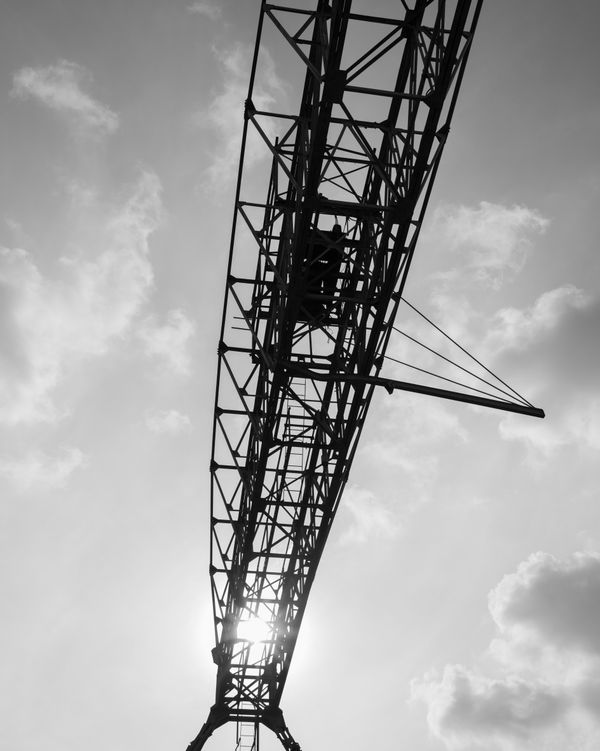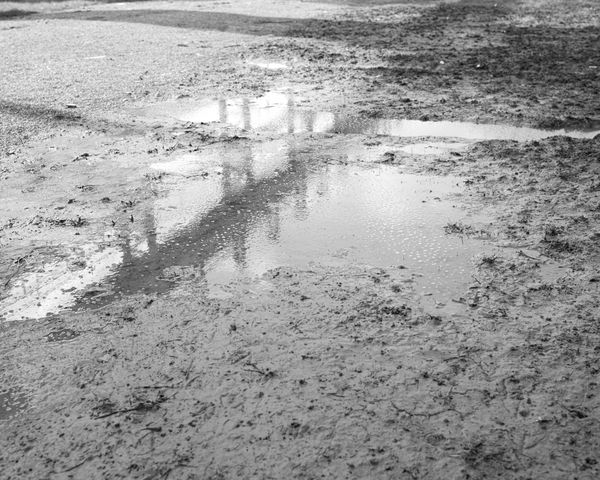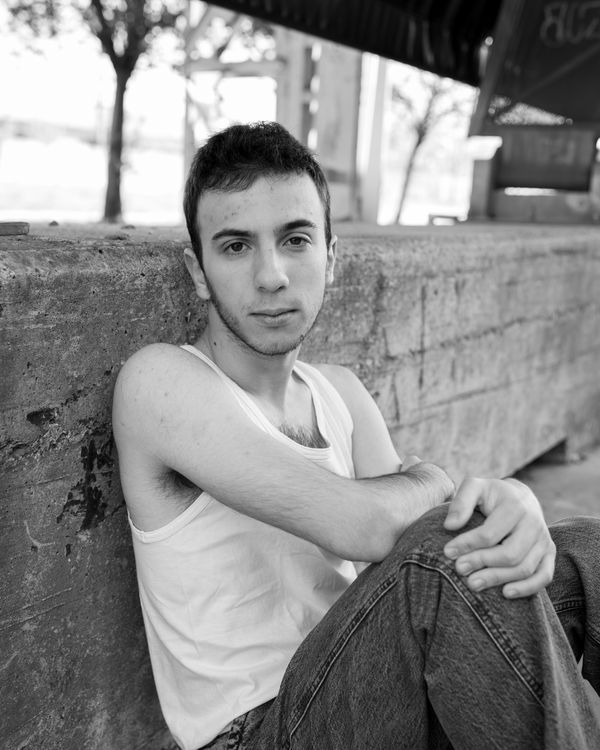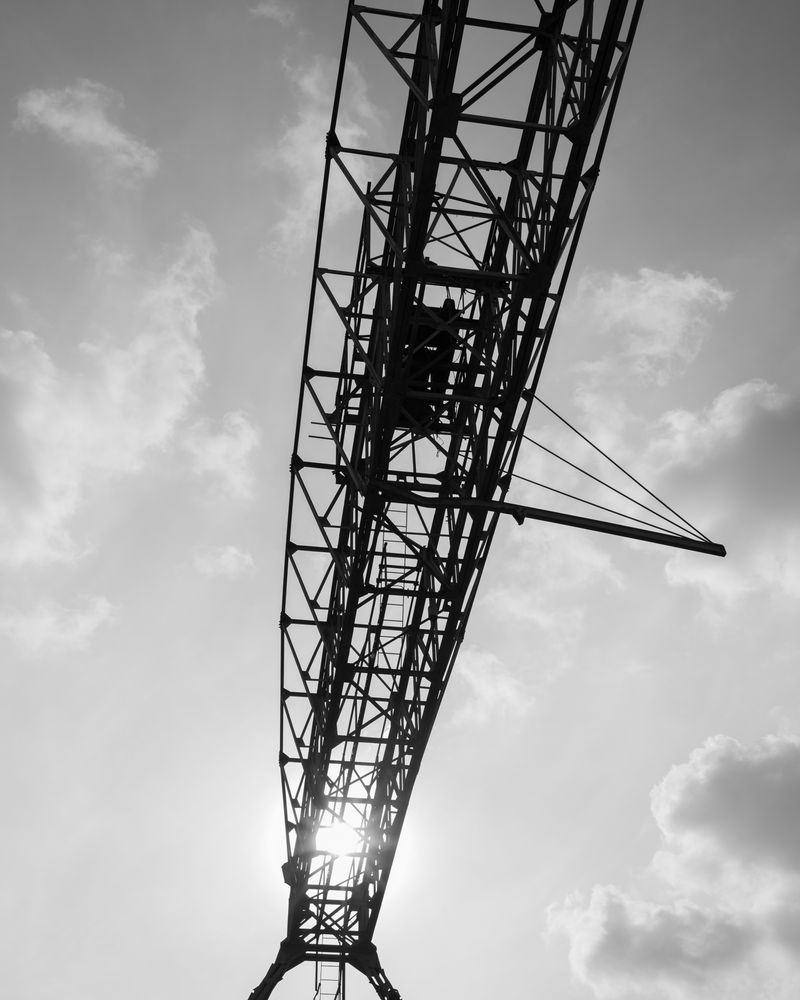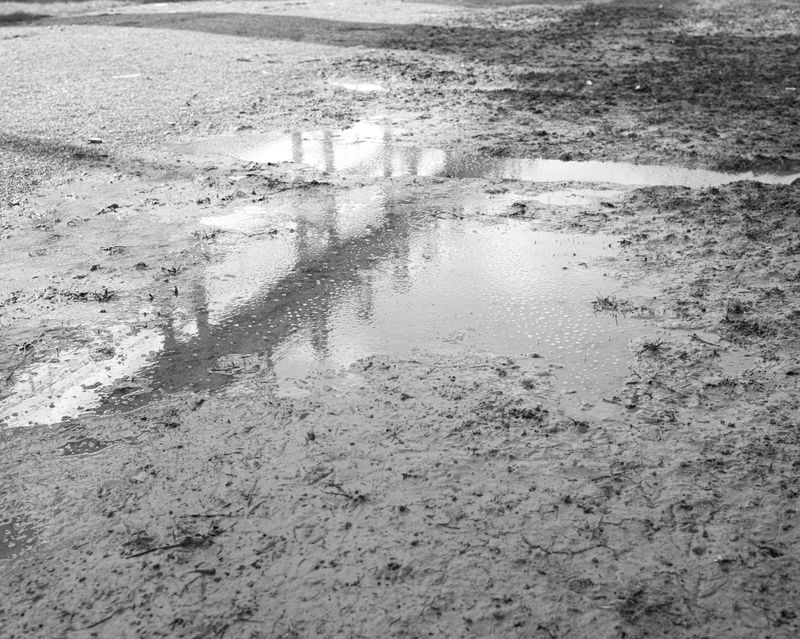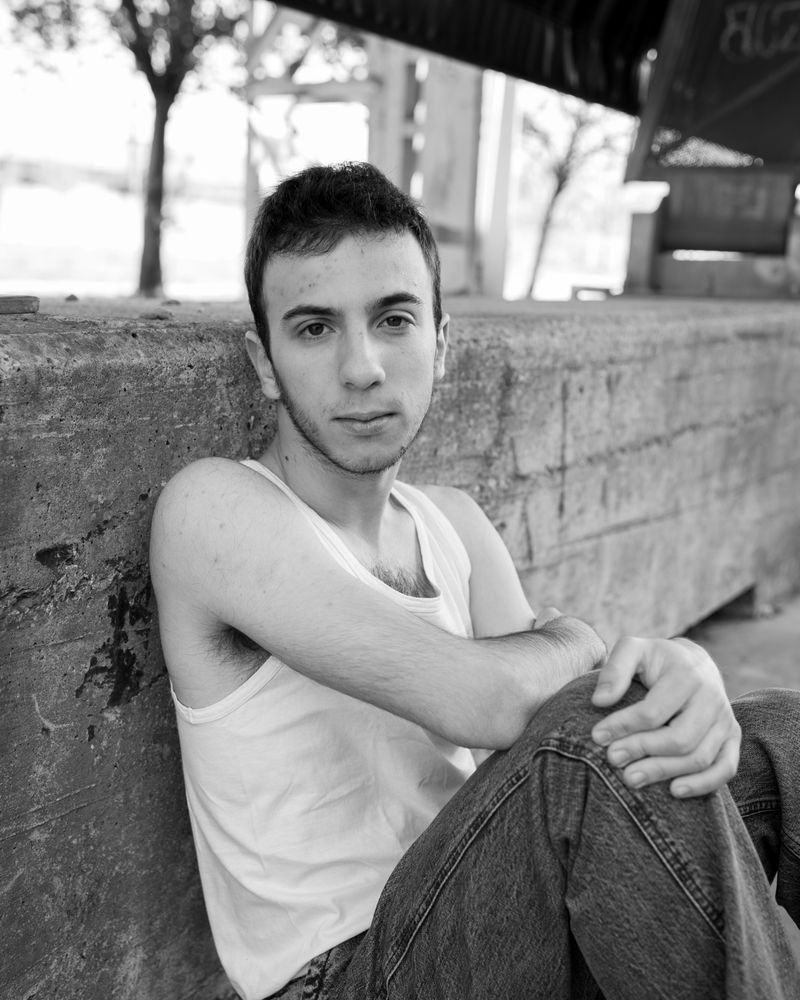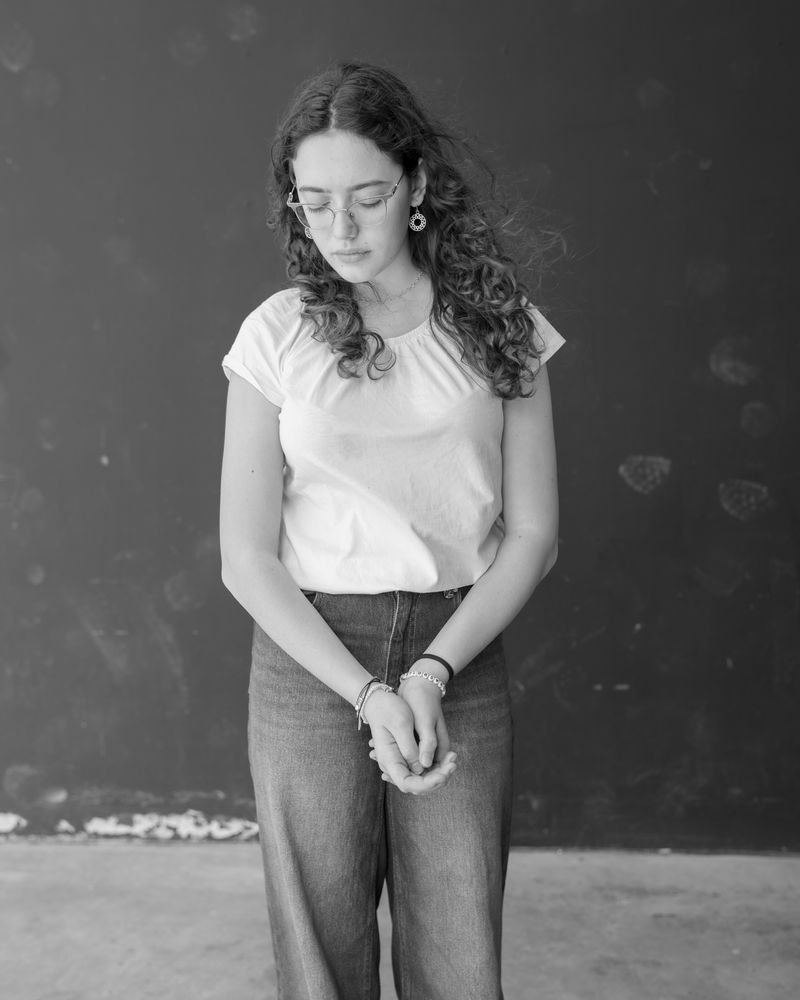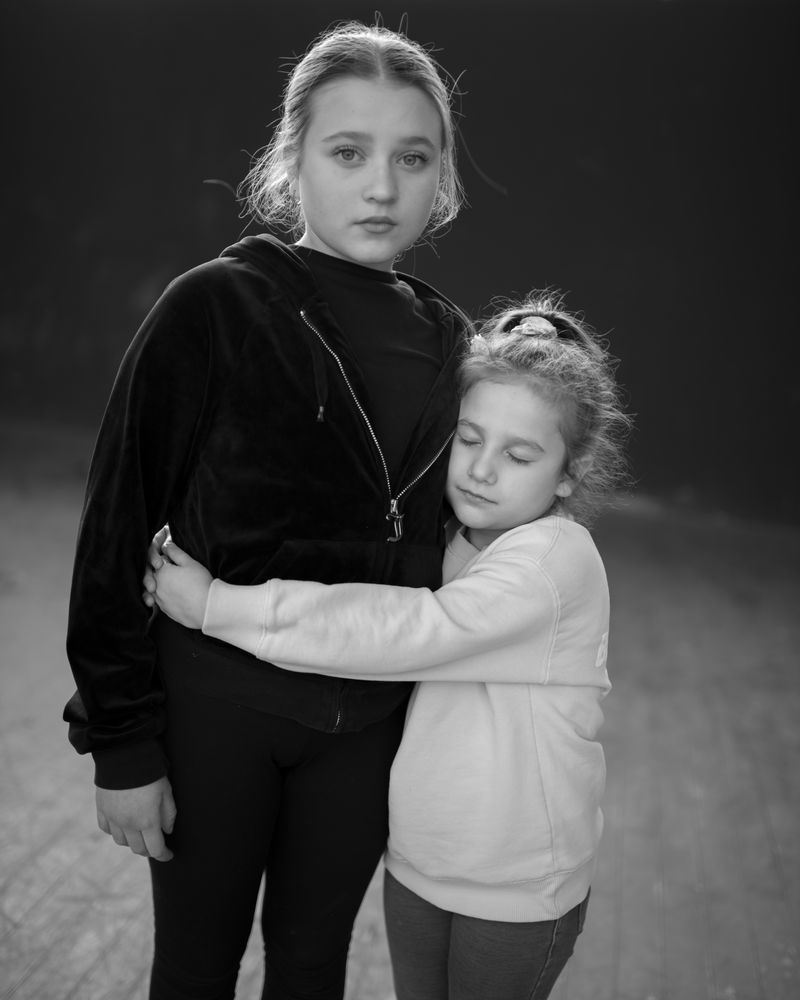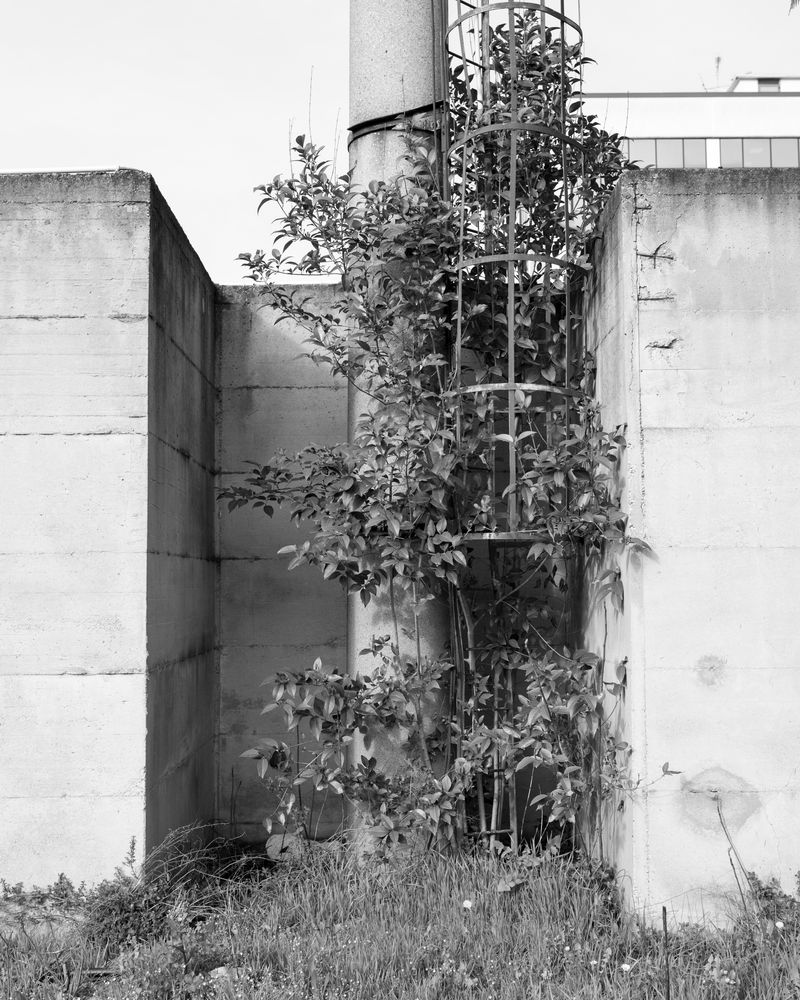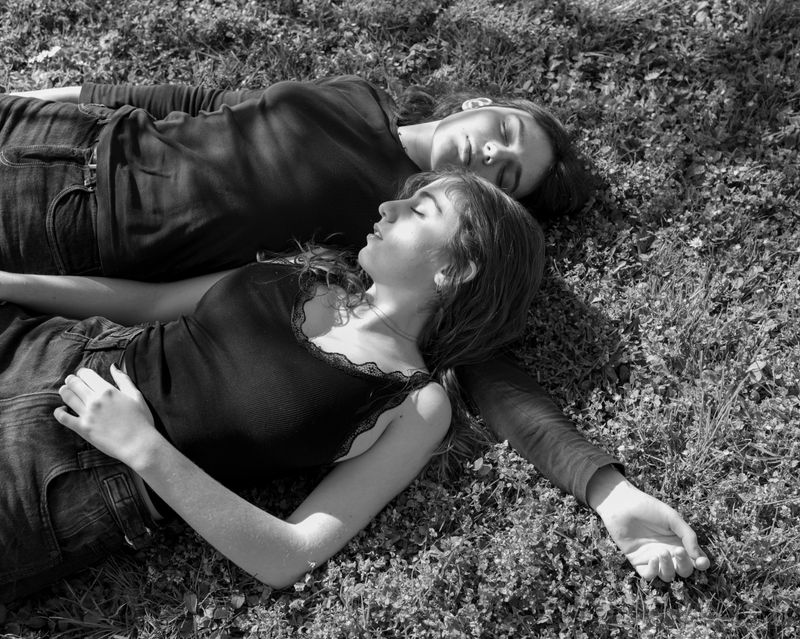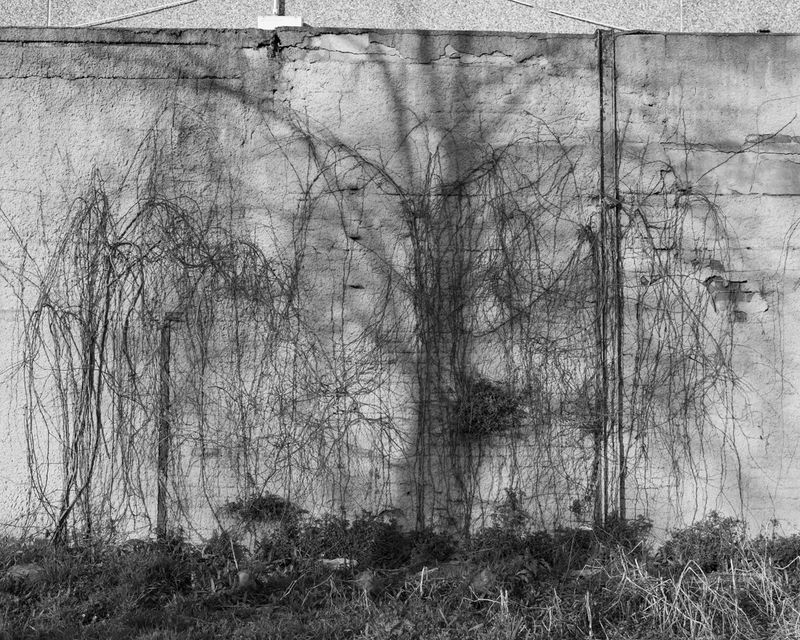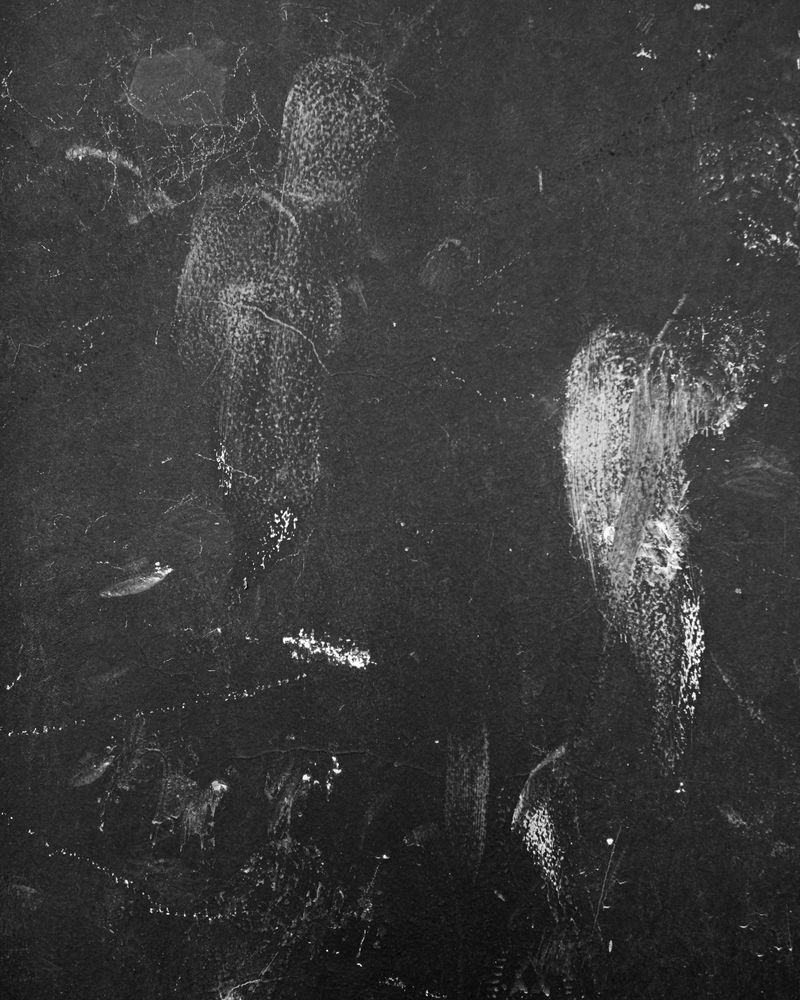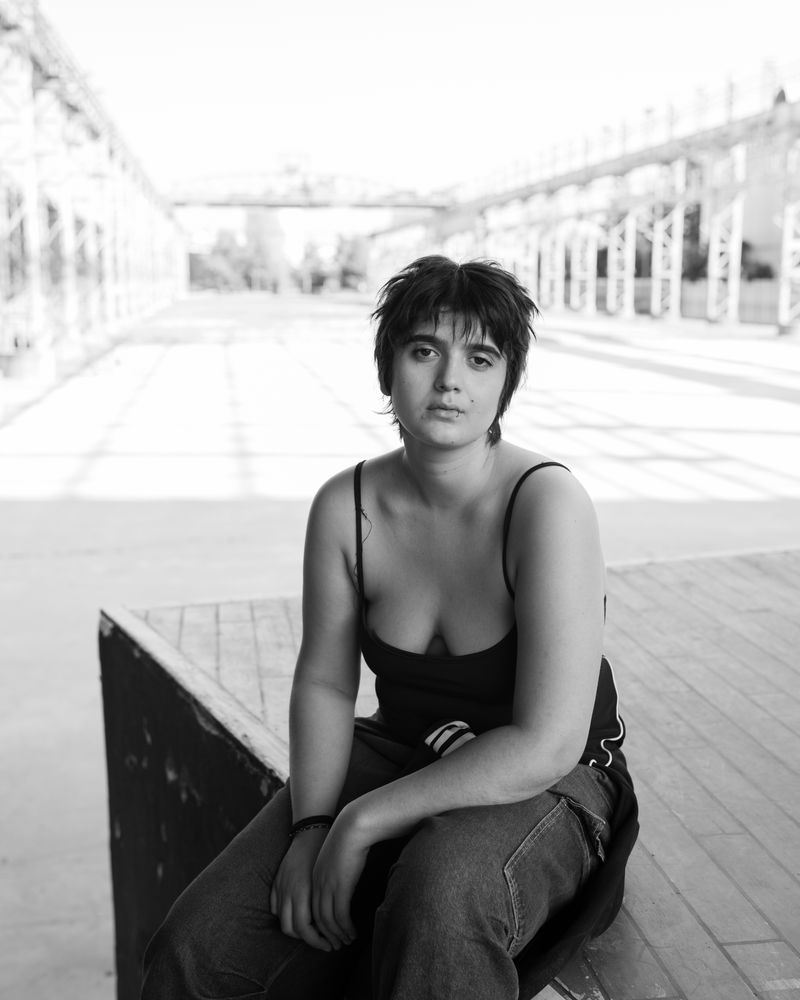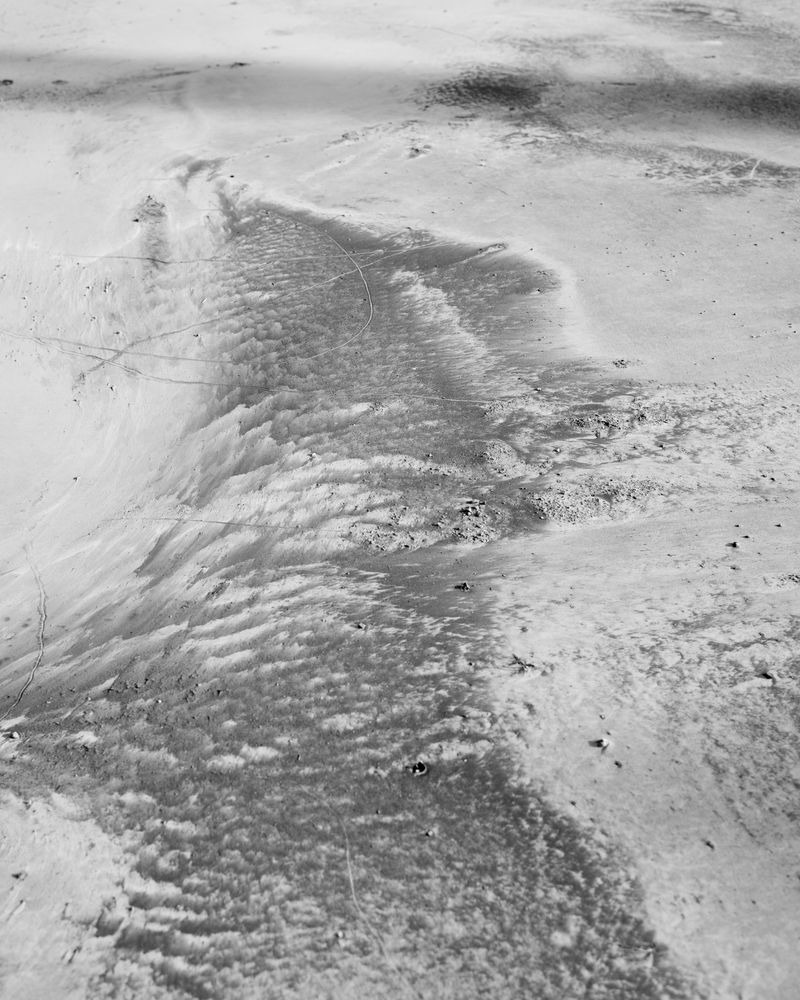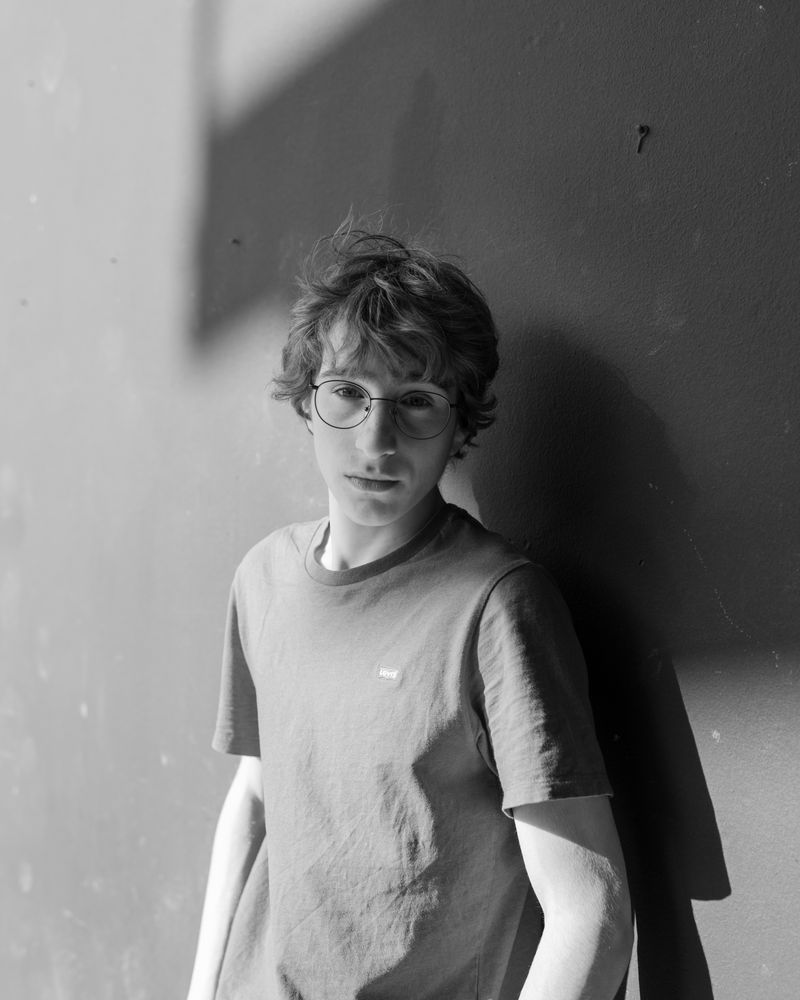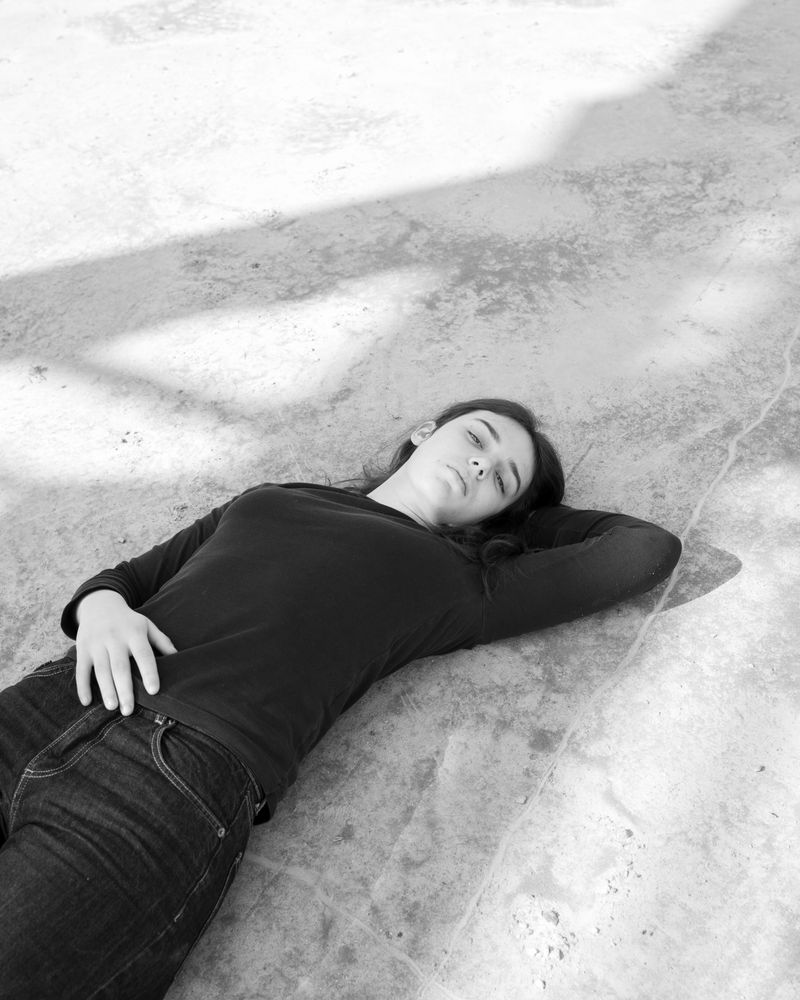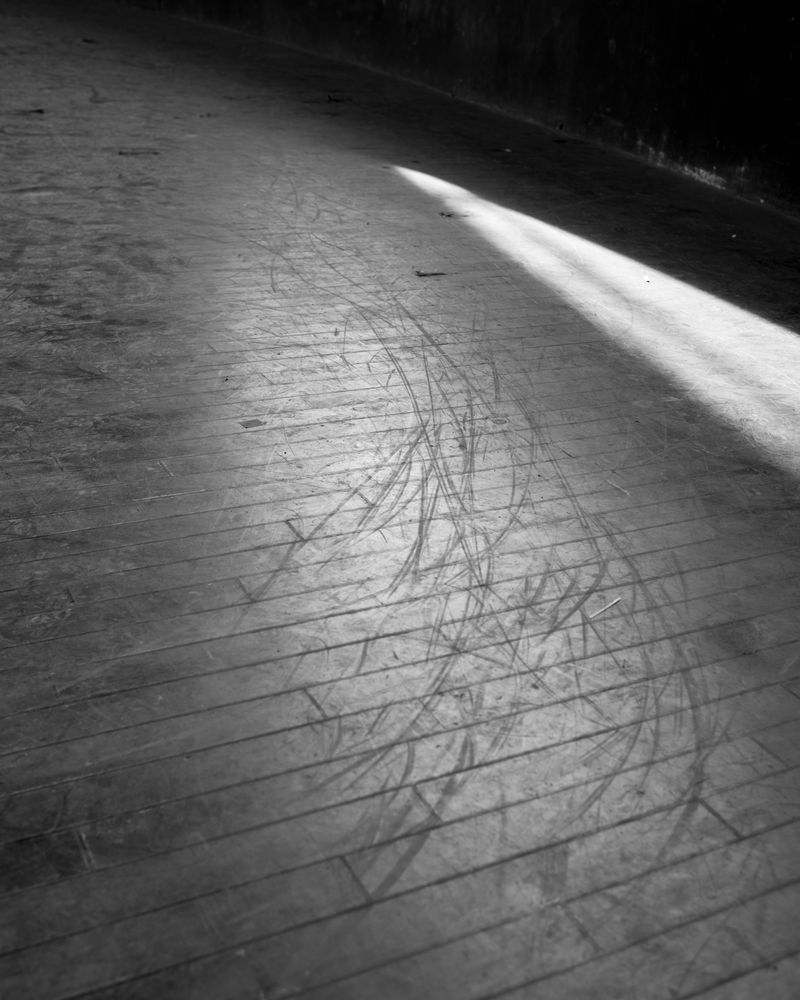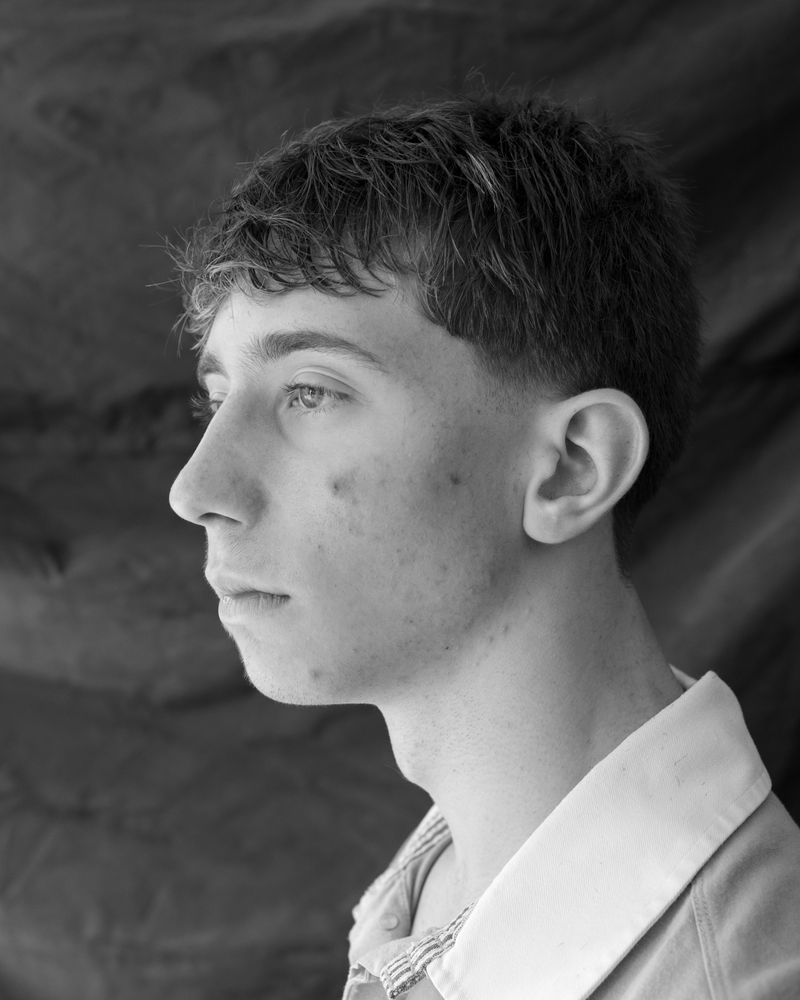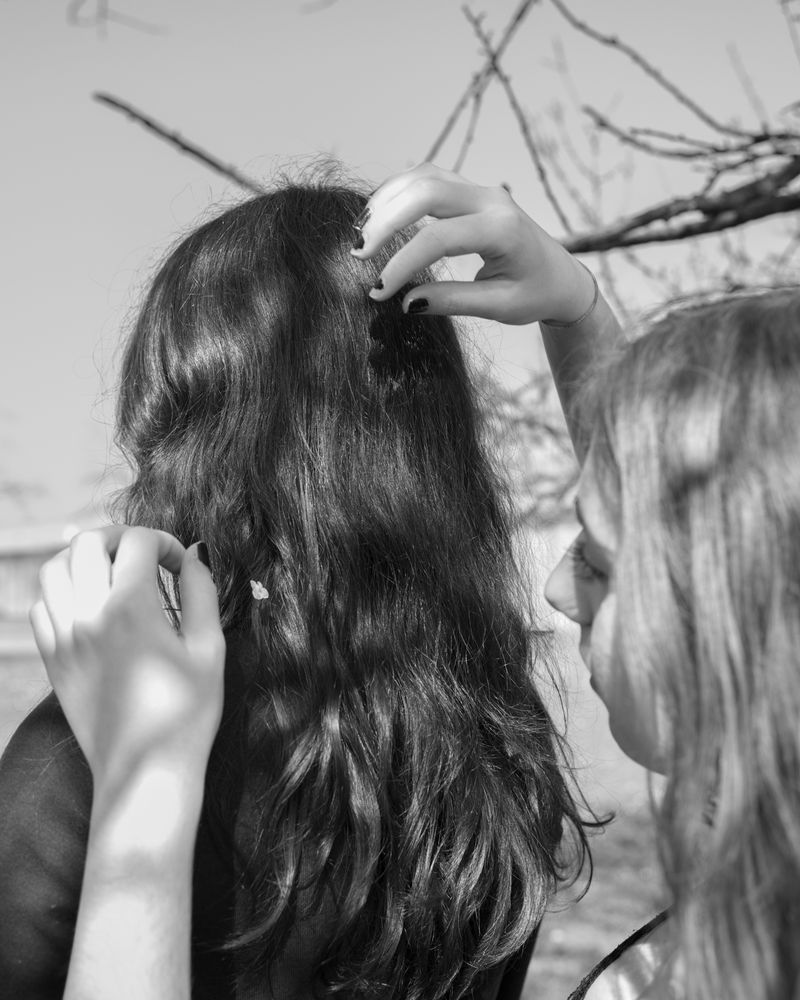Before you stand
-
Dates2024 - Ongoing
-
Author
- Topics Documentary, Fine Art, Portrait
- Location Sesto San Giovanni, Italy
In the quiet daytime void of a concert arena on Milan’s outskirts, adolescence emerges in small gestures and fragile truths. A visual study of becoming and of looking long enough for what is changing to reveal itself.
Before You Stand is a visual study begun in 2024, portraying adolescents within the Carroponte in Sesto San Giovanni — a vast post-industrial structure on the outskirts of Milan.
Once part of a steel plant and now an open-air concert arena, the Carroponte holds a double nature: illuminated and crowded at night, yet during the day it becomes a wide urban void where one can move unnoticed.
The work follows their first steps toward adulthood in a space that, stripped of its nocturnal intensity, turns into a free zone — a temporary refuge from group dynamics and the expectations of the adult world. It is here that brief moments of truth appear: in their fragile postures, the process of becoming quietly surfaces. Like vegetation pushing through concrete, they reclaim space without noise.
Through a slow and relational practice, the project portrays adolescence as a space of freedom and self-expression, reflecting on what distinguishes looking from truly seeing: the ability to stay close to the wound and the wonder of becoming — before they stand, before the world that awaits them.
"Over time, I realised I had spent far more days watching than photographing, constantly asking myself how to give voice to what changes as it changes. How to hold these tensions long enough to sense the quiet negotiation between distance and proximity? And why it feels so important — and so difficult — to remain close to the uncertainty of becoming? These questions sit at the core of the work and guide the way I continue to shape it".
NOTES ON THE PLACE
The Carroponte in Sesto San Giovanni is a former industrial structure of the Falck Steelworks, originally built as a large metal gantry for moving heavy materials. A historical landmark of the workers’ movement in a city once nicknamed the “Manchester of Italy,” it was decommissioned at the end of the twentieth century and transformed into a cultural and music venue in 2008. Today, Carroponte is one of the main open-air arenas in the Milan area: during the summer season it hosts concerts and festivals with a capacity of up to 12,000 people. During the day, however, the place remains almost completely empty: a vast suspended urban space where the stage infrastructure and metal framework coexist with silence and the absence of an audience.
